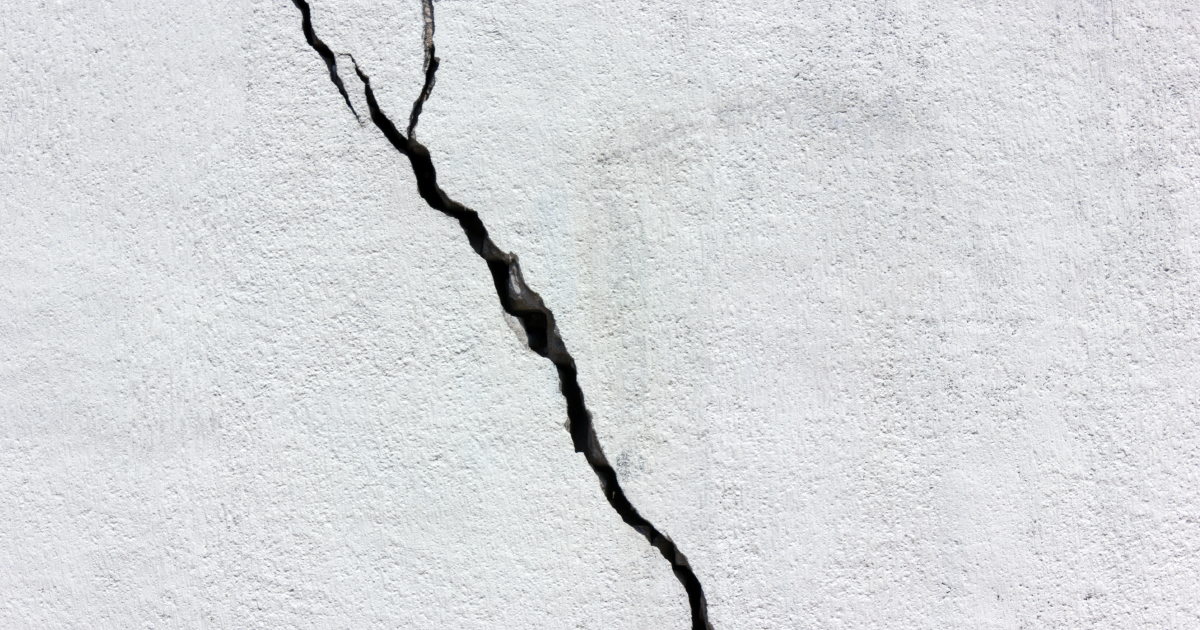Surely many of you have experienced a similar situation.
There comes a time when you have put your savings together to buy your first home, whether it is a new build or second hand but with a beautiful renovation project, or you simply decide to invest in a second home and at the moment of greatest excitement, when you move into your new property, you begin to discover a series of defects in the finishings.
At this moment, as simple as it may seem to file a claim, a process can begin about which it is advisable to be well informed, just as we must know in this type of procedure, for example, to whom we must actually make the claim or what types of construction defects in housing exist.
We explain them to you below!
What is a defect in the construction of a house
By a defect in the construction of a house we mean defects or reasons that actually cause material damage to the building or part of it.
It has to be said that not all defects are the same and do not have the same consideration. At this point, it is important to evaluate these defects and their seriousness depending on how much they can compromise the stability of the building or the safety of the tenants of the property.
Thus, we can look at 3 different types that are considered construction defects. Namely:
- Defects in the finishings or finishes: these are the execution defects that affect the finishings or cavings of the constructions. Floors, walls, bathrooms or other furnishings, e.g. kitchen installation.
- Defects that compromise the habitability, functionality or safety of the work: these are all those that can really jeopardise the safety or habitability of the building itself, both in its general construction and in the different installations that have been carried out. These risks must be related to the following concepts:
-
- Habitability
- Soundproofing of dwellings
- Energy saving and thermal insulation
- Fire safety
- Waterproofing
- Hygiene
- Health
- Environmental protection
- Structural defects: all those defects that affect the structure of the work itself are considered, such as foundations, beams, slabs, load-bearing walls, as well as those that can seriously jeopardise the stability of the building itself. In most cases, these are associated with an inadequate study of the project or of the land itself.
What are the deadlines for making a claim
One of the most important aspects is to know in advance the deadlines for making a claim. On more than one occasion, we have spoken to and dealt with customers who have not filed a claim because they considered that the time limit had already expired or was much shorter than the legal time limit.
Therefore, the deadlines for lodging claims for defects are as follows, according to the classification we have seen above:
- Defects in finishes: the time limit for claims is set at one year.
- Defects of habitability, functionality or safety: for any of the defects included in the list you have seen above, the claim period is 3 years.
- Structural defects: this has a period of 10 years to file a claim as these are the most serious defects as they directly affect the stability of the building.
At this point it should be noted that the period starts from the moment the work is received by the promoter and not from the moment we compare the property.
How should I proceed to file a claim against the construction company
In these cases, it is important to have legal advice on the matter, especially when the deadlines are already advanced. In this way, they can advise us in a timely manner and help us to prepare the documentation and the steps to follow.
First of all, it is necessary to communicate the claim by means of a burofax.
Subsequently, we will need the services of an architect to draw up a report assessing the damage, catalogue the defects based on the above classification and how they should be repaired.
At the same time, it should include an estimated budget with the costs necessary to satisfy all the defects.
The report drawn up by the architect is essential from a legal point of view as it contains the claims and the economic valuation of the same so that we can establish the amount of the claim.







